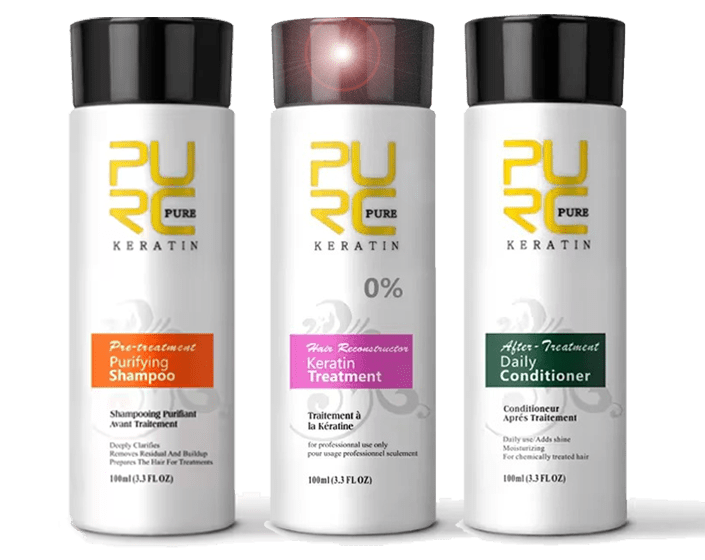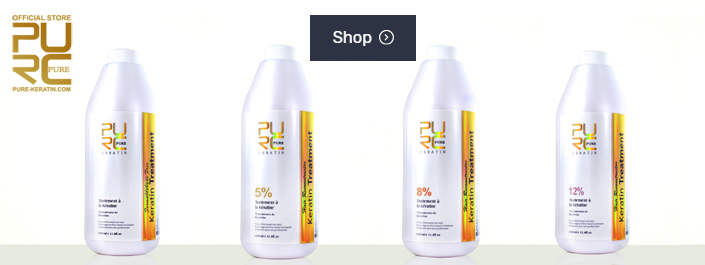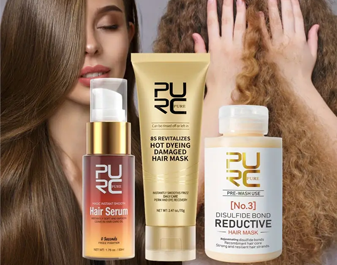19 TIPS FOR DEALING WITH ALOPECIA
Jada Pinkett on 22nd Apr 2022
This year, what has gone around the world on the last night of the Oscars is Will Smith's resounding slap in the face to Chris Rock after the eastern joke about his wife's illness.
Now the whole planet knows: Will Smith's wife, Jada Pinkett, has alopecia areata.
Perhaps the slap to Chris Rock has not been the most orthodox way to bring her to the fore, but at least it has served to make visible a condition that raises many questions.
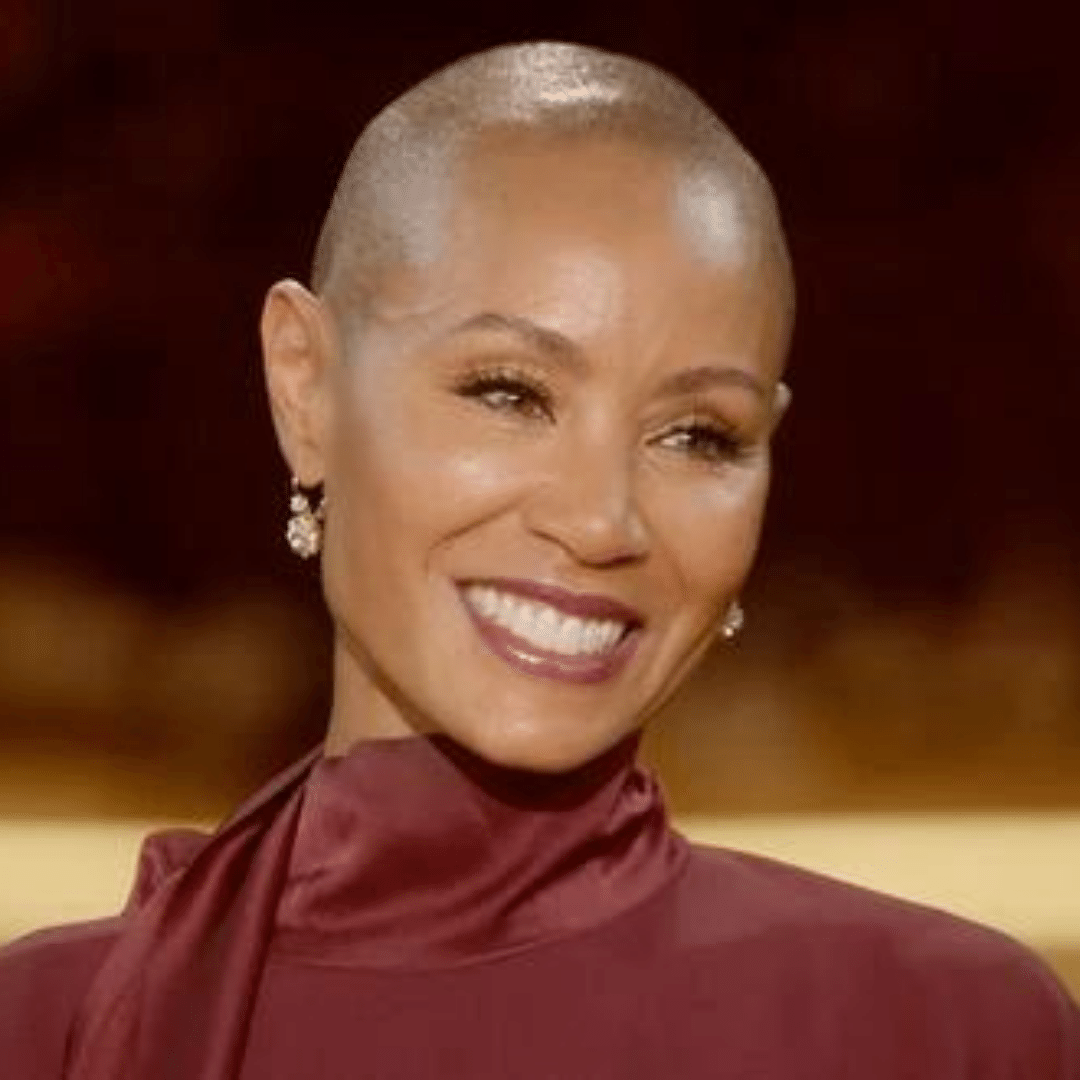
What is Alopecia Areata?
Alopecia areata (also called Alopecia Totalis, Alopecia Vulgaris and Alopecia Universalis) is a hair loss condition considered an autoimmune disease, in which the immune system, which is designed to protect the body from foreign invaders such as viruses and bacteria, mistakenly attacks the hair follicles, the tiny cup-shaped structures from which hairs grow.This can lead to hair problems and hair loss on the scalp and elsewhere.
In most cases, hair falls out in small, round patches about the size of a quarter. In many cases, the disease does not extend beyond a few bare patches.
In some people, hair loss is more extensive. Although uncommon, hair problems can progress to cause total hair loss on the head (referred to as alopecia areata totalis) or complete loss of hair on the head, face, and body (Alopecia Areata Universalis).
Alopecia affects an estimated four million Americans of both sexes and of all ages and ethnic backgrounds. It often begins in childhood.
If you have a close family member with the disease, your risk of developing it is slightly increased. If your family member lost his or her first patch of hair before age 30, the risk to other family members is greater.
Overall, one in five people with the disease have a family member who has it as well.
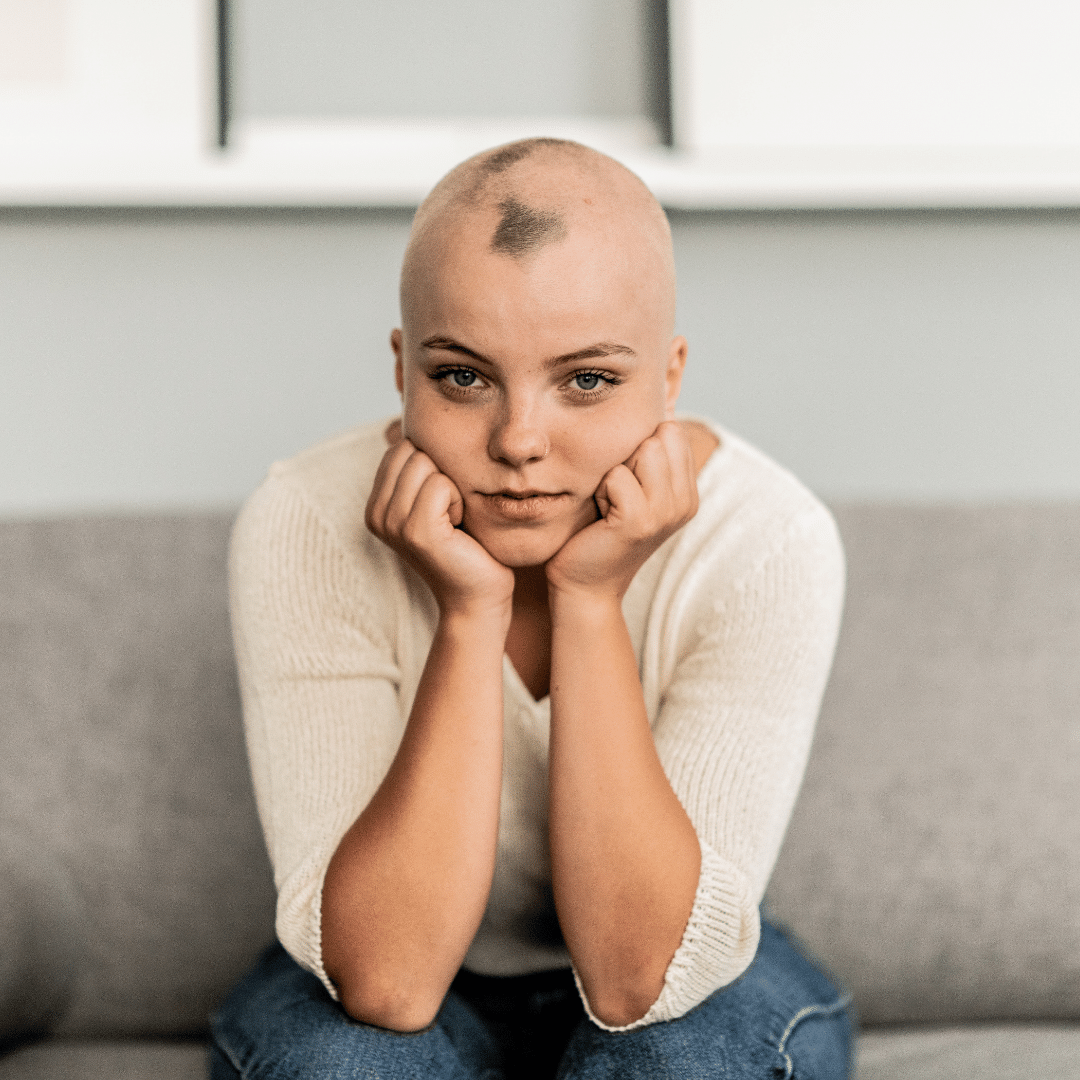
What Causes Alopecia?
In
alopecia, immune system cells called white blood cells attack the
rapidly growing cells in the hair follicles that make the hair. The
affected hair follicles become small and drastically slow down hair
production.
Fortunately, the stem cells that continually supply
the follicle with new cells do not seem to be targeted. So the
follicle always has the potential to regrow hair.
Scientists do not know exactly why the hair follicles undergo these changes, but they suspect that a combination of genes may predispose some people to the disease.
In those who are genetically predisposed, some type of trigger--perhaps a virus or something in the person's environment--brings on the attack against the hair follicles.
Alopecia also often occurs in people whose family members have other autoimmune diseases, such as diabetes, rheumatoid arthritis, thyroid disease, systemic lupus erythematosus, pernicious anemia, or Addison's disease.
People who have alopecia areata do not usually have other autoimmune diseases, but they do have a higher occurrence of thyroid disease, atopic eczema, nasal allergies, and asthma.
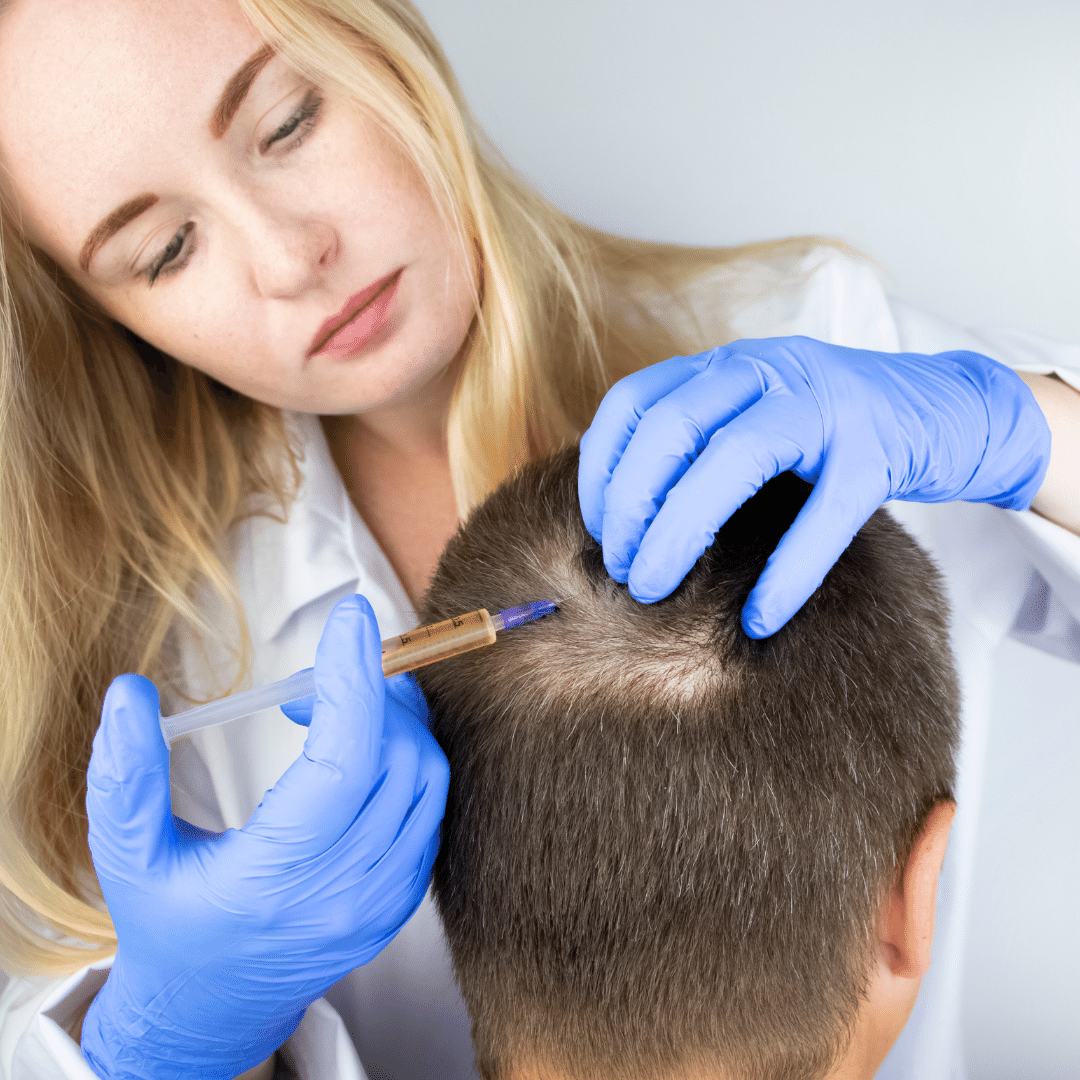
How To Treat Alopecia?
While there is neither a cure for alopecia areata nor drugs approved for its treatment, some people find that medications approved for other purposes can help hair grow back, at least temporarily.
The following are some treatments for alopecia areata.
1- Corticosteroids
2- Local injections
3- Oral corticosteroids
4- Topical ointments
5- Oral cyclosporine
6- Photochemotherapy
Keep in mind that while these treatments may promote hair growth, none of them prevent new patches or actually cure the underlying disease. Consult your health care professional about the best option for you.
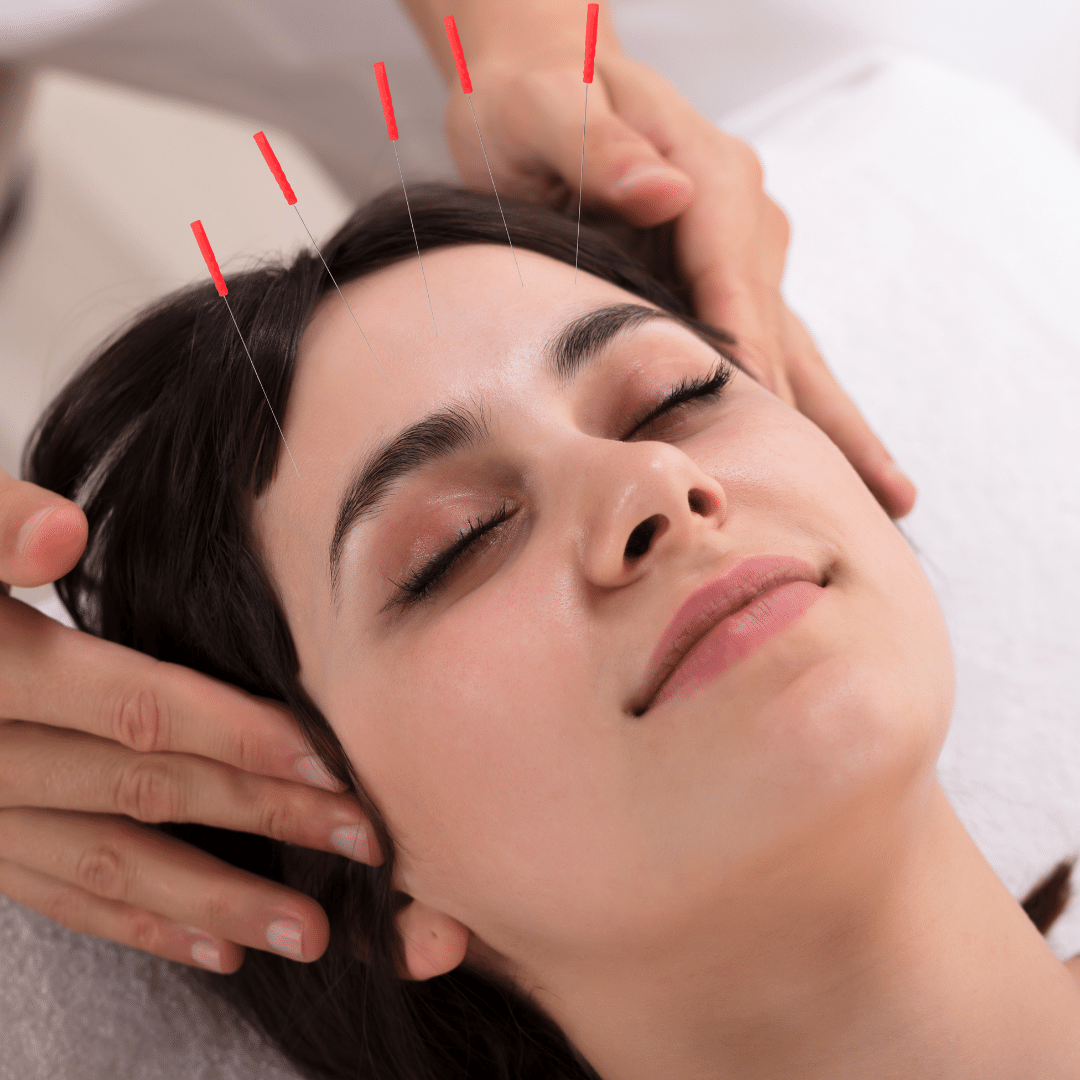
How To Live With Alopecia Areata
Alternative therapies
When drug treatments fail to bring sufficient hair regrowth, some people turn to alternative therapies. Alternatives purported to help alopecia areata include acupuncture, aroma therapy, evening primrose oil, zinc and vitamin supplements, and Chinese herbs.
Because many alternative therapies are not backed by clinical trials, they may or may not be effective for regrowing hair. In fact, some may actually make hair loss worse. Furthermore, just because these therapies are natural does not mean that they are safe.
As with any therapy, it is best to discuss these treatments with your doctor before you try them.
In addition to treatments to help hair grow, there are 19 measures that can be taken to minimize the physical dangers or discomforts of lost hair.
- Sunscreens are important for the scalp, face, and all exposed areas.
- Eyeglasses (or sunglasses) protect the eyes from excessive sun, and from dust and debris, when eyebrows or eyelashes are missing.
- Wigs, caps, or scarves protect the scalp from the sun and keep the head warm.
- Antibiotic ointment applied inside the nostrils helps to protect against organisms invading the nose when nostril hair is missing.
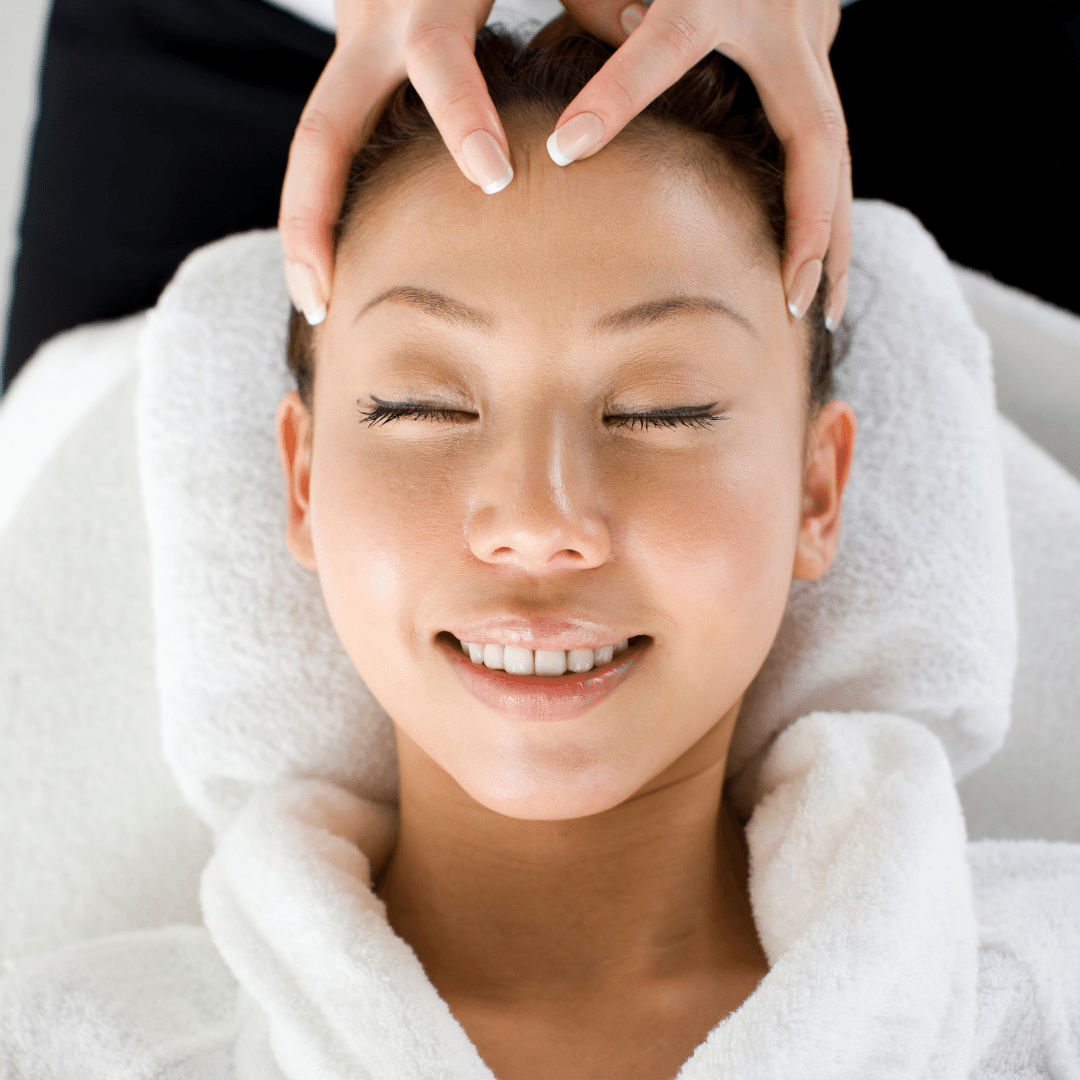
- Massage half a cup of warm olive oil or coconut oil well into the scalp after washing your hair. (To warm the oil, let it stand it in a bowl of hot water. Do not heat the oil on the stove.) Wrap your head in a towel, leave it there for a half hour, then shampoo again, and rinse. You can also use almond oil or jojoba oil for the massage. This increases circulation and encourage healthy hair growth.
- Take a deep breath of fresh air. Inhale three times and hold the third breath. Massage the scalp and slowly exhale.
- Include brown rice, bulgur, green peas, lentils, oats, soybeans, sunflower seeds, and walnuts in your diet. They are good sources of biotin. (Biotin is important for healthy hair and skin. It may even prevent hair loss in some cases.) Brewer's yeast is also a good source of biotin.
- Avoid foods containing raw eggs. Raw eggs are high in a protein that binds biotin and prevents it from being absorbed. (Cooked eggs are OK.)
- Lie head down on an inclined board fifteen minutes a day to allow the blood to reach your scalp. Massage your scalp daily for 5-10 minutes to stimulate circulation.
- Use natural hair care products. You may be allergic to artificial ingredients found in some products.
- Be gentle on the hair. Do not use a brush or fine- toothed comb. If practical, allow your hair to dry naturally rather than using a hair-dryer.
- After washing, towel your hair dry and then use your fingers to shake it gently. Avoid any styling until your hair is completely dry.
- Keep the use of heated hair appliances to a minimum. Overusing them will damage the cuticle and leave your hair dry and brittle.
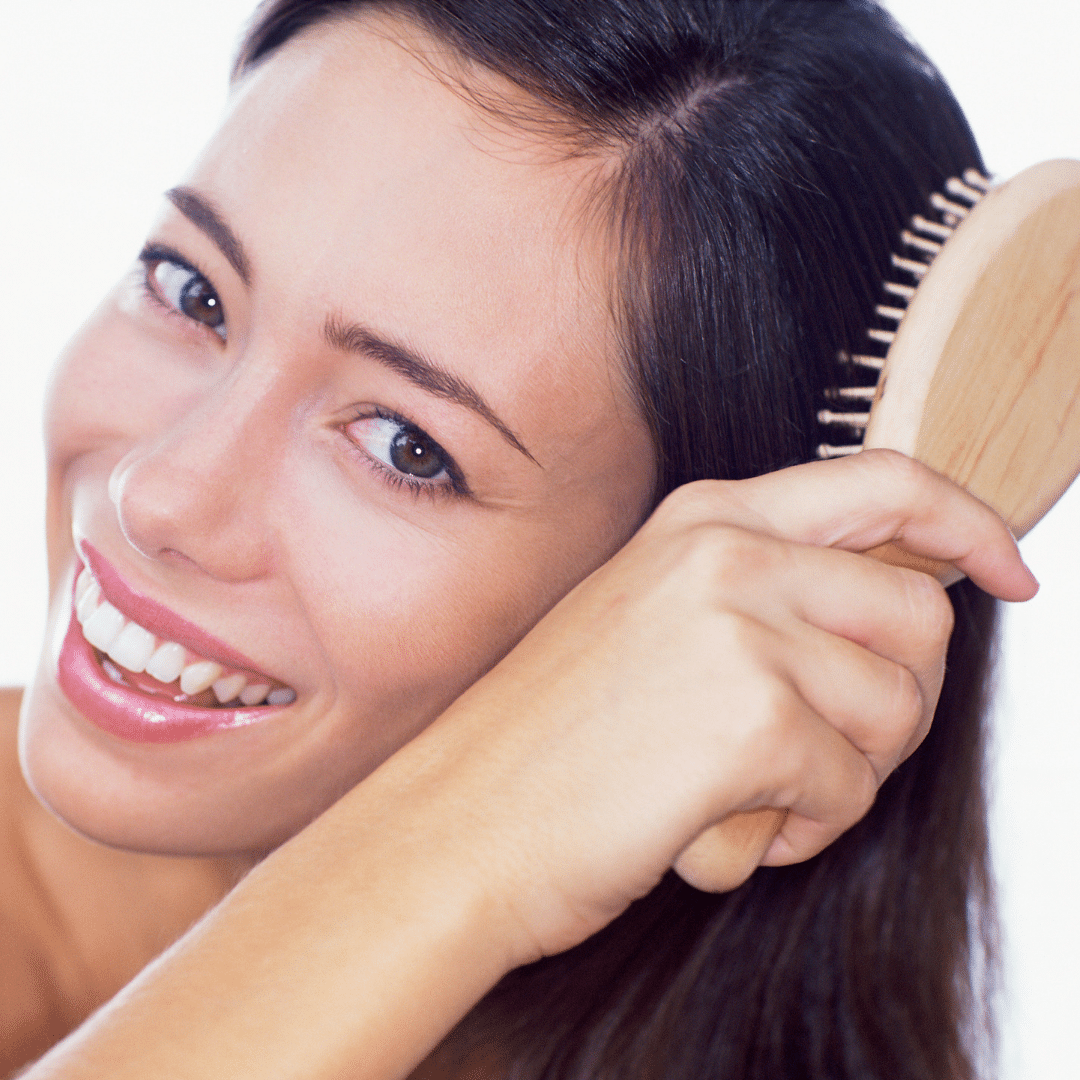
- Disentangle your hair only when it is completely dry. Hair is at it's weakest when it is wet and most pliable when it is damp, so trying to pull a comb or brush through it at this stage could result in damage to the hair. Use a conditioner; it helps to prevent the tangles from forming in the first place.
- Minimize applications of hairspray, mousse or gel. These weaken the hair and dull its texture.
- Chlorinated water or salt water can damage hair. Rinse the hair immediately after swimming. Shampoo as soon as possible. Use a good conditioning and moisturizing treatment before and after the application of the shampoo.
- Use good-quality hair brushes and combs. Buy a pure bristle hairbrush. Before buying, make sure that the ends of the bristles are rounded, and not sharp, by tapping the brush against your hand. Harsh nylon bristles and sharp teeth may damage the hair and scalp.
- Do not wash your hair every day. Most shampoos strip the hair of natural oils. Some conditioners leave an oily residue that sits on top of the hair, attracting dirt.
- Use baby powder or fine talcum powder as a dry shampoo. Shake a small amount into the roots of the hair, leave for a minute, then brush it out thoroughly.















